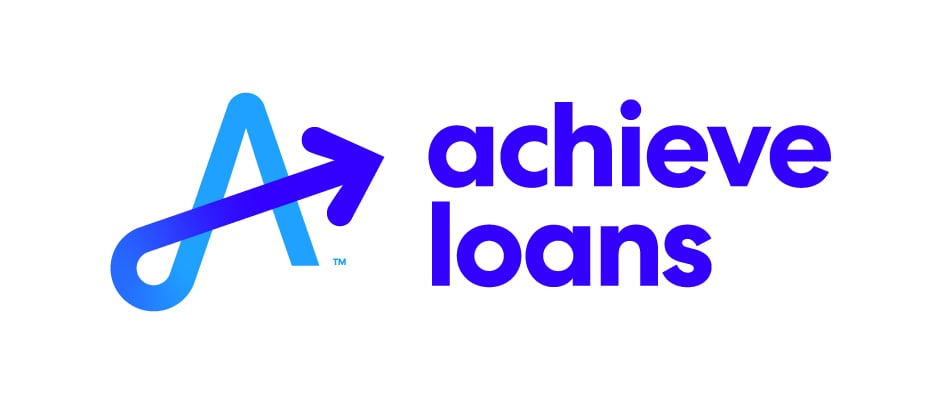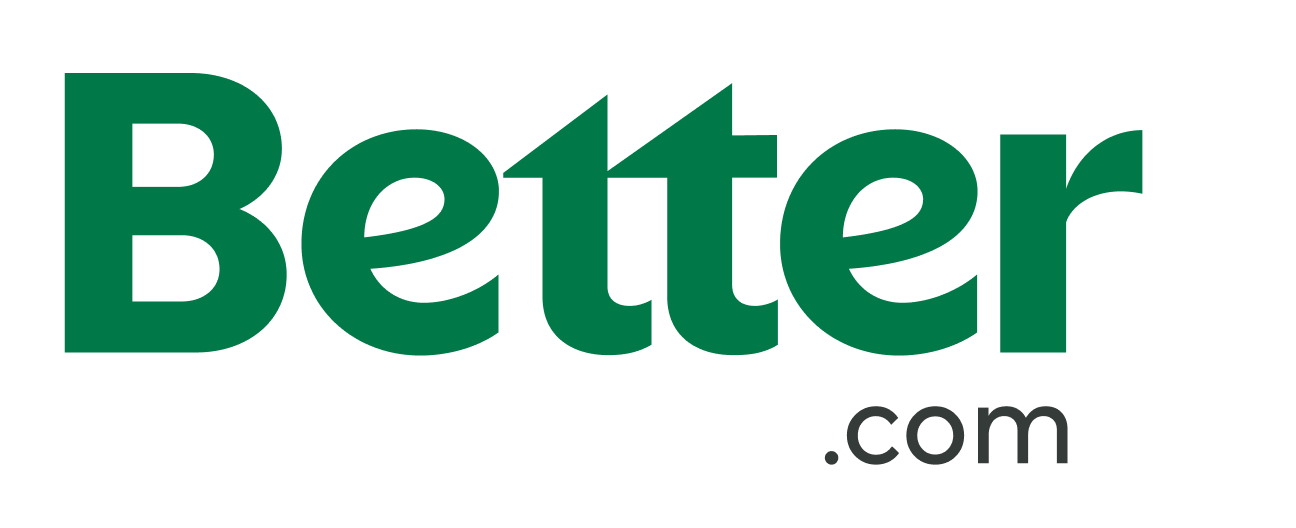Solar Loan Calculator: Estimate Your 2025 Monthly Solar Loan Payments
Some or all of the mortgage lenders featured on our site are advertising partners of NerdWallet, but this does not influence our evaluations, lender star ratings or the order in which lenders are listed on the page. Our opinions are our own. Here is a list of our partners.
Solar panel systems have high upfront costs, but you should make the money back in electricity savings over time. If you plan to finance solar panels, a solar loan calculator can estimate your monthly payments and rate to help you determine how much you can afford.
» MORE: Compare solar loan options
Solar loan calculator
Loan details
2025
Jan
Feb
Mar
Apr
May
Jun
Jul
Aug
Sep
Oct
Nov
Dec
$0.00
Understanding your solar loan calculator results
Monthly payment is the amount you’ll pay toward your loan each month. Part of it goes to interest, and the rest goes to the principal.
Total interest payments are the amount you’ll pay in interest alone over the lifetime of the loan. This number tells you how much it actually costs to borrow the funds.
Total loan payments are the amount you’ll pay by the end of the loan, including the loan principal and interest.
How to apply for a solar loan
Here are five steps to apply for an unsecured solar loan.
Check your credit: Your credit score is a key factor in qualifying for a loan and in the rate you receive. Review your credit report and fix any errors that might be hurting your score. You can check your credit score for free with NerdWallet or request a credit report from AnnualCreditReport.com.
Pre-qualify and choose a lender: Pre-qualifying allows you to see the rate a lender may offer you without impacting your credit score. You can compare personalized offers from different lenders to find the loan amount you need as well as monthly payments that fit your budget.
Gather your documents: Lenders will ask for documents to verify your identity, address, employment and income. These can include copies of a driver’s license, utility bill, tax return and W2.
Apply for a loan: You can apply online or in person, depending on the lender. A formal application requires a hard credit check, so your score may drop by a few points temporarily. If you’re approved, expect to get your funds in less than a week. Your first payment will typically be due after 30 days.
Other solar panel financing options
Compare home improvement loans: See which lenders offer the best personal loans for home improvements.
Use a home equity loan: If you have equity in your home, a home equity loan can provide a lump sum of money at a low rate.
Borrow a home equity line of credit: A home equity line of credit borrows against your home’s equity and can provide flexibility for the amount you need. The best HELOC lenders offer low, variable rates.
Cash-out refinance: Lower your mortgage rate and get extra cash with a cash-out refinance.
Can I get financing for a solar panel system?
In addition to tax incentives and rebates, there are options available. Many solar installers offer financing, but you may also be able to finance your solar investment through a home equity loan or home equity line of credit (HELOC). These options may have lower interest rates than financing with an installer, future opportunities for refinancing and possible tax benefits.
Home equity loans and HELOCs are ways to borrow against the value of your home, converting equity into cash. With a home equity loan, you receive a lump-sum payment and then pay it back at a fixed interest rate over an agreed period of time, typically from five to 30 years. HELOCs are more akin to a credit card, something you use as needed. You’ll usually have 10 years to draw from the line of credit, during which time you only have to pay interest, and after that you pay both the principal and interest. HELOC interest rates typically are variable, meaning your monthly payment could rise or fall over time. And with each of these options, you're using your home as collateral.
Another option is a solar loan. Many banks, credit unions and online lenders offer these to fund solar panels and installation, with amounts typically from $1,000 to $100,000, and annual percentage rates ranging from 6% to 36%. They function like a personal loan: you receive a lump sum and repay it in equal monthly installments over a set period, typically two to seven years. And unlike with home equity financing, there is no collateral required for a solar loan. This means your home or solar panels aren’t at risk if you miss payments, but you may have to pay late fees.
So, yes, you likely can get financing. If you go this route, compare interest rates, terms and fees with any financing package that a solar provider may offer you to ensure you get the best deal.











